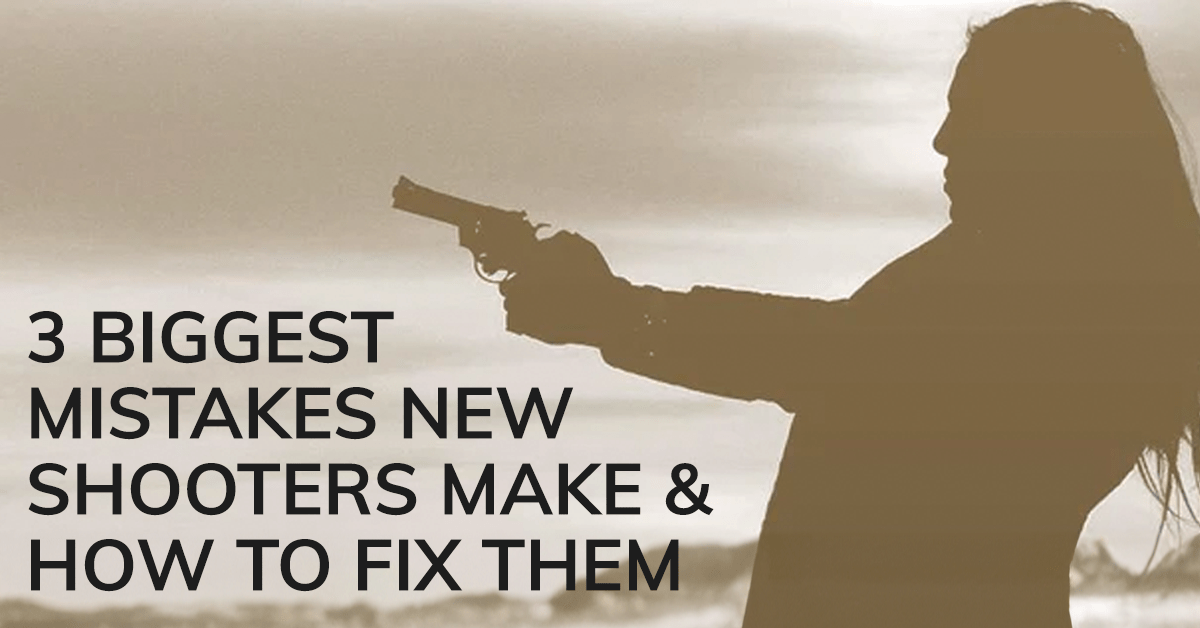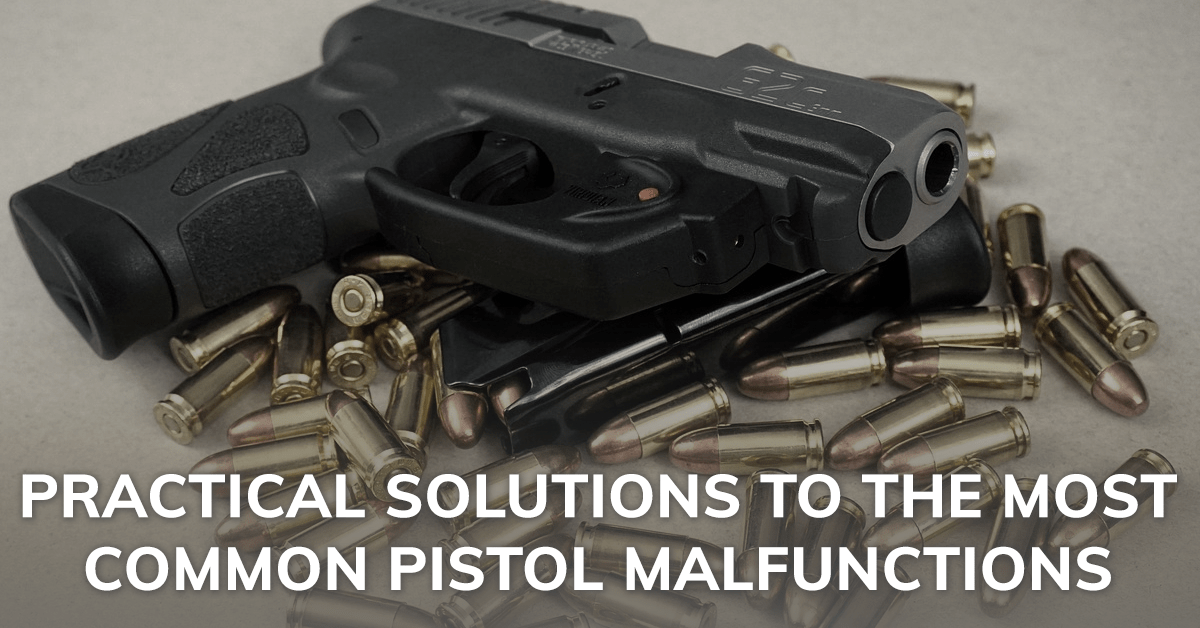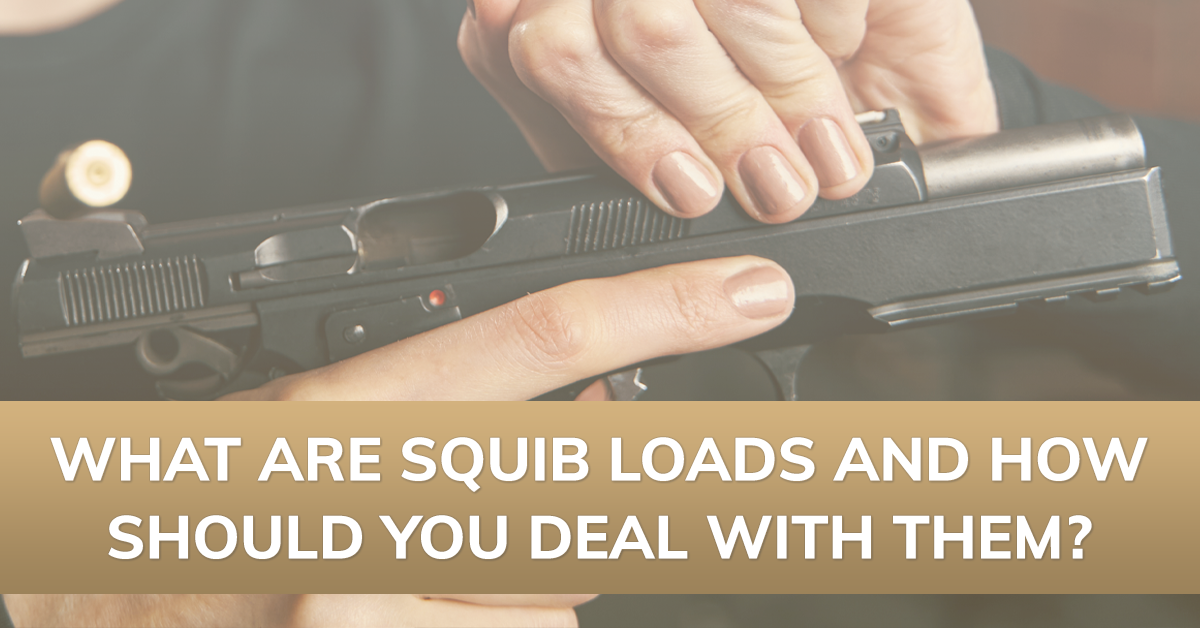Orders Over $100 Ship FREE (USA)!
Orders Over $100 Ship FREE (USA)!
CONCEALED CARRY
(Apparel with holster pockets or concealed-carry features)
PARTS & GEAR
RANGE STYLE
Gift shopping & not sure about size or style? Give a gift card instead!
GIFT IDEAS
EXPLORE
BFCM Sale 20% Off every item! EXTENDED
Black Friday & Cyber Monday EXTENDED: Indulge in Luxury, Pay Less.
Troubleshooting Your Aim: Why You’re Missing Your Target and How to Fix It
3 min read
We've all been there - you're looking down the sights and realizing the target seems to have a force field around it, because none of your shots are landing where you're aiming.
You're not alone. Even seasoned shooters can have trouble keeping their shots on target. The key to correcting this frustrating issue starts with diagnosing the issue and then dedicating time to correct it.
Here are some common reasons you might be off-target, along with some tried-and-true fixes to get your shots landing exactly where you want them.
Identifying Common Errors
Before zeroing in on specific fixes, you'll need to understand what might be going wrong as you're pulling the trigger. The most common issues include:
Anticipation or Flinching: Involuntary movements just before the shot will affect round placement.
Improper Grip: An inconsistent or incorrect grip can compromise accuracy.
Misaligned Sights: If the sights aren't properly aligned, your shots will be all over the place.
Poor Trigger Control: Jerking the trigger can drastically affect where your bullet lands.
Troubleshooting Anticipation and Flinching
Two of the most common issues many shooters face are anticipation and flinching. These involuntary movements just before you fire can significantly effect where your round lands. And the farther out you place your target, the more exaggerated the error will be.
Anticipation involves mentally or physically preparing for the recoil and sound of the gunshot, which leads to involuntary movements like pushing the gun downward just before firing. Flinching is similar - it's an involuntary muscle reaction, often a quick jerk or tightening up, that happens right before or as the gun fires. You may also experience a sense of anxiety or nervousness right before pulling the trigger, which contributes to these involuntary movements.
How to fix anticipation and flinching: relaxation and practice are the keys to fixing this issue. It may sound too simple, but it's the best way to fix it. Before starting a practice session, make sure you're both mentally and physically relaxed. Tension exacerbates the issues of anticipation and flinching, and you might not even realize you're doing it until you start paying attention to it. Once you become aware, you can start to consciously relax your muscles.
Regular practice with this relaxed state of mind will help reinforce good habits. Over time, you'll condition yourself to maintain this calmness and ease, even when you're about to pull the trigger.
Perfecting Your Grip
A good grip helps you shoot accurately, while a poor one can prevent accuracy even if you are doing everything else right. There are some telltale signs your grip might need some tweaking. If your shots are really inconsistent, you see noticeable movement in your gun while firing, or holding your gun feels uncomfortable, it's likely that your grip is at least part of the issue.
How to fix grip issues: Finding the perfect grip can require some trial and error, but there are some general principles. Start by positioning your dominant hand as high as possible on the gun's grip. This gives you more control and minimizes recoil. When using both hands, your grip should be firm yet relaxed. If you find you're squeezing so hard your knuckles turn white, it's a clear sign you need to back off a bit. The placement of your thumbs can vary depending on your personal comfort and the specific type of firearm, but they should be rotated forward and pointed toward your target.
Mastering Sight Alignment and Trigger Control
If you notice shots veering off or inconsistent groupings on your target, your sight alignment and trigger control may need work.
How to fix sight alignment issues: make sure your front and rear sights are perfectly aligned with your eyes and intended target. This means the top of the front sight should be level with the top of the rear sight, and there should be equal space on either side of the front sight as seen through the rear sight. Any misalignment, even a slight one, can result in significant accuracy issues, especially at longer distances.
How to fix trigger control issues: you'll need to practice a smooth, continuous press of the trigger until it becomes second nature. One excellent practice technique for improving trigger control is dry firing. Using an unloaded firearm, practice smoothly pressing the trigger all the way back until it stops. This allows you to focus entirely on your trigger control without the distraction of live fire.
Shooting accuracy doesn't rely on one single factor - it's a combination of things you need to be working on all at the same time. While that might sound overwhelming, the more you practice and perfect each element above, the sooner your shots will get more accurate and consistent.
Also in Skill Building: Troubleshooting

3 Biggest Mistakes New Shooters Make & How To Fix Them
4 min read
Here are a few of the biggest mistakes new shooters make, along with some friendly advice on how to correct the issues.

Practical Solutions to The Most Common Pistol Malfunctions
4 min read

What Are Squib Loads and How Should You Deal with Them?
3 min read

